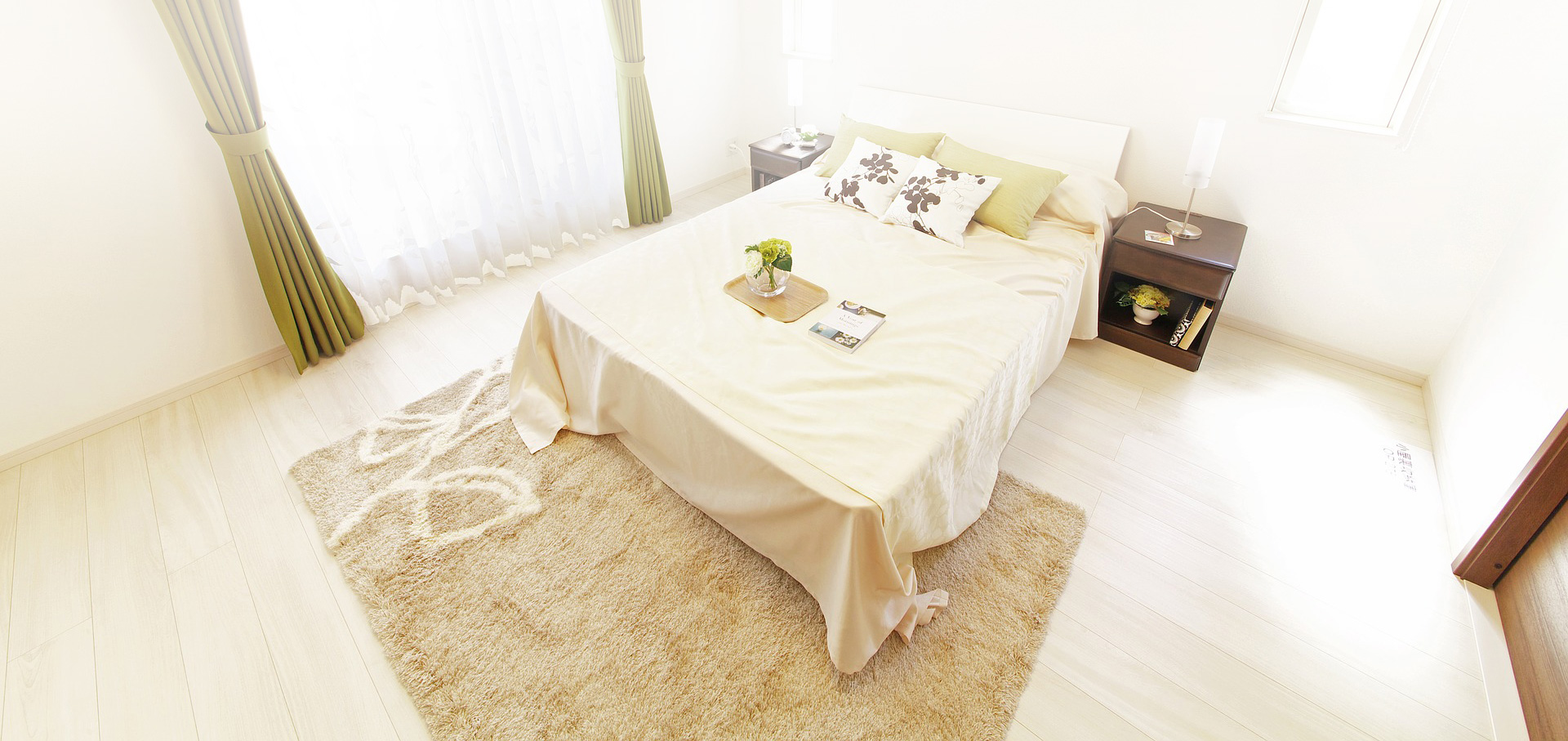
Historic Window Restoration - what does that really mean?
When I told friends and family that I was interested in purchasing a historic home, one of the comments I heard most often was: Get ready to spend a lot on your energy bill each month!
In particular, the folks I talked to warned me about the windows of my historic home. I can't tell you how many times I was told to replace my windows - as soon as I moved in - to something modern and energy efficient.
I knew from the start that replacing my windows with today's metal and synthetic windows was not in my future, but I wanted to offer more than just a simple counterargument.
So, I started my own little investigation.
I wanted to preserve as much as history in the building as possible, but I also didn't want to spend an arm and a leg heating and cooling my home.
It's not good for my wallet. It's not good for the environment. So how could I make the point that I could keep my existing historic windows and be energy efficient? Here's what I learned from my research.
Windows account for only 10-20% of energy loss in a typical building. That pales in comparison to the amount of lost energy through attics and roofs. Today's double-paned and triple-paned windows promise to retain more energy than the windows of yore; but here's the truth (forgive me if this gets slightly complicated; I just really think it's important to spell out):
Once a single-pane historic window is properly restored and weather stripped, it can exceed the 2012 International Energy Conservation Code (IECC) requirement of 0.2 CFM. Add a storm window into the mix and suddenly an old historic window can reach a performance of 0.05 CFM, which is nearly 4x more efficient than what the code requires.
Blaming windows for energy loss is just wrong, regardless of the type of home you live in. But for historic homes, this false claim is even more striking. And, it's just unfounded.
Historic Window Restoration - what does that really mean?
Before I even bought my historic home, I learned never to utter the term replacement Preservationists cringe at that word - even I cringe at it now.
When I hear the word replacement, I think about my windows being violently gutted from my home. In their place I see a cookie-cutter fabricated window that doesn't have any charm.
I see the demise of history, and I can barely stomach it.
Restoration, on the other hand, is a far more accurate term to use. Restoring means doing everything you can to repair your existing window, while preserving its original components. From the old-growth wood (which is more rot and insect resistant than any wood available today) to the pulleys, locks and sash cord, every part of a historic window can be restored.
Restoration may sound costly, but it's not.
Historic windows don't have proprietary or complicated parts that may one day no longer be in production. What I love about historic window is the simplicity of the historic window design. These windows can easily be restored many times over - centuries even.
Modern window just cannot replace beautiful historic windows.
I've talked with a few historic homeowners about the cost of maintaining their windows. I wondered if they thought it would be less expensive to just replace these windows with something new?
What I got in response really changed the way I looked at restoration and modern products. The average replacement window lifespan is about 15 years. They often begin breaking long before that. A lot of homeowners aren't done paying off their new windows by the time they have to replace them again.
It becomes like a vicious cycle: replace; get in debt; replace again, add to your debt.
That's no way to live.
Source historic window